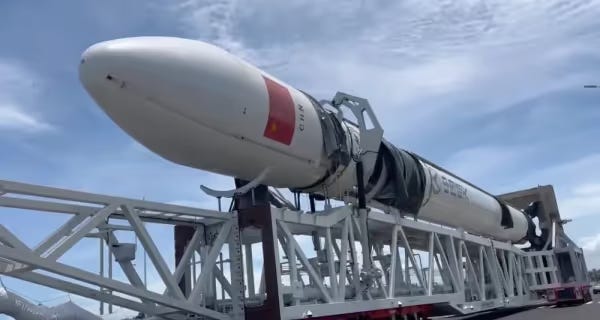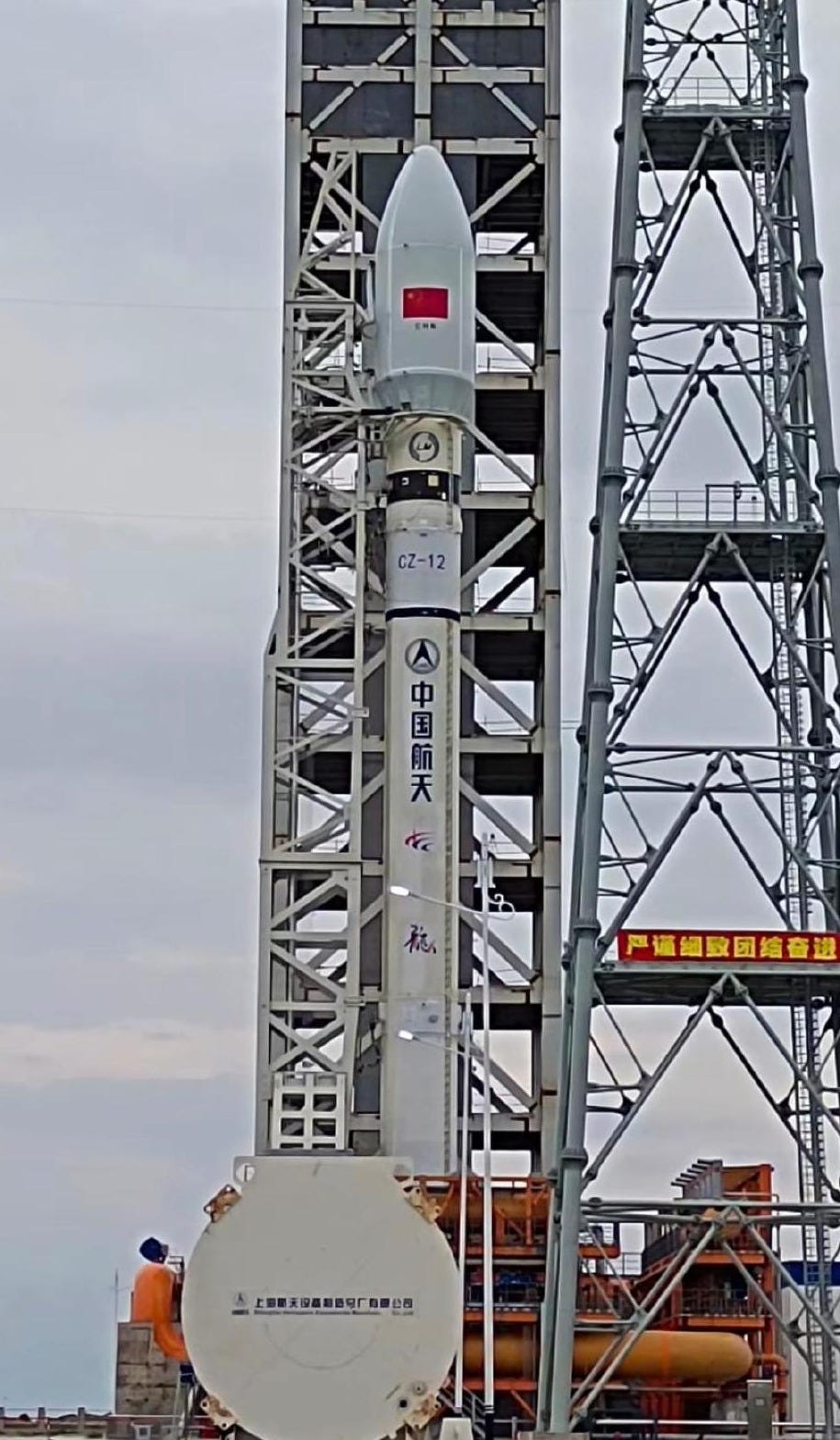Long March 12 resumes testing ahead of maiden launch
The Shanghai Academy of Spaceflight Technology's Long March 12 rocket has resumed testing after Super-Typhoon Yagi
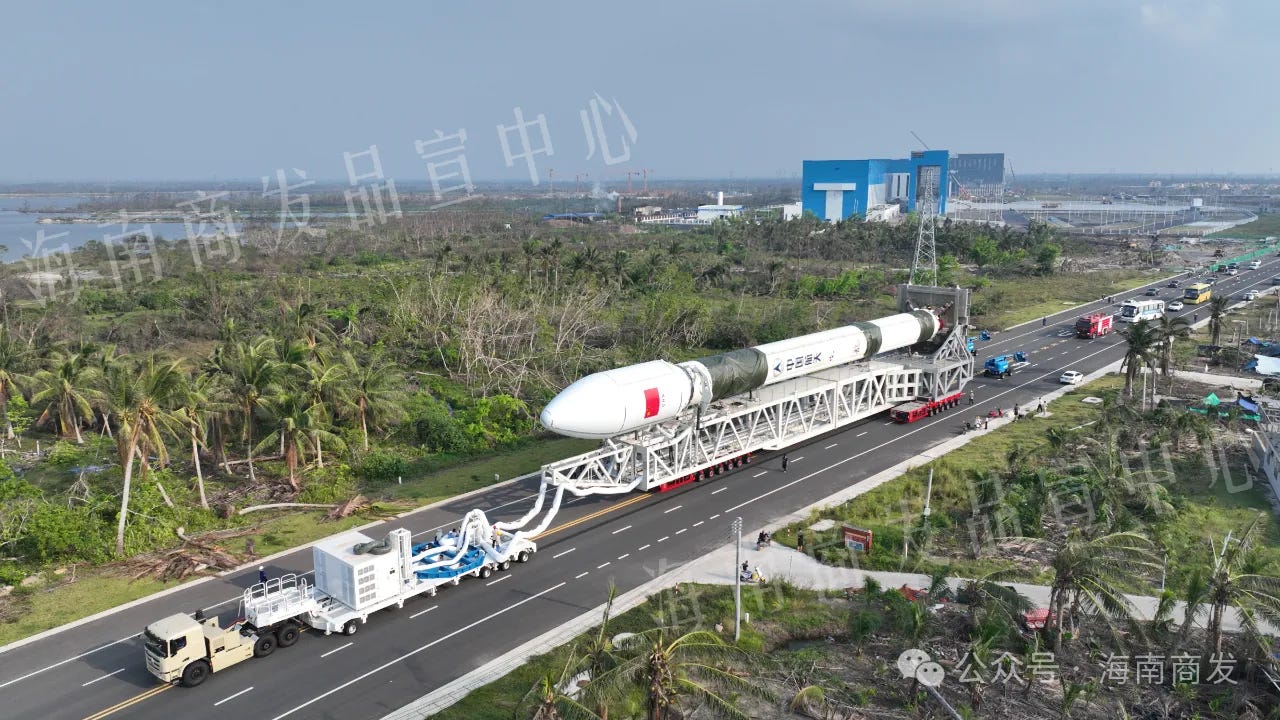
Following the National Day holiday, the teams of the Wenchang Commercial Space Launch Site and Shanghai Academy of Spaceflight Technology have resumed testing of the Long March 12 Y1 vehicle ahead of its maiden flight in the coming months.
October 8th had the launch vehicle rolled out from the commercial launch site’s vehicle integration facility on Commercial Launch Pad 2’s transporter-erector, propelled by three self-propelled modular transporters along with a truck towing payload support equipment to cool the inside of the vehicle’s fairing. Transporting the vehicle to Commercial Launch Pad 2 reportedly took thirty minutes, from the vehicle being secured on the transporter to the pad’s designated area.
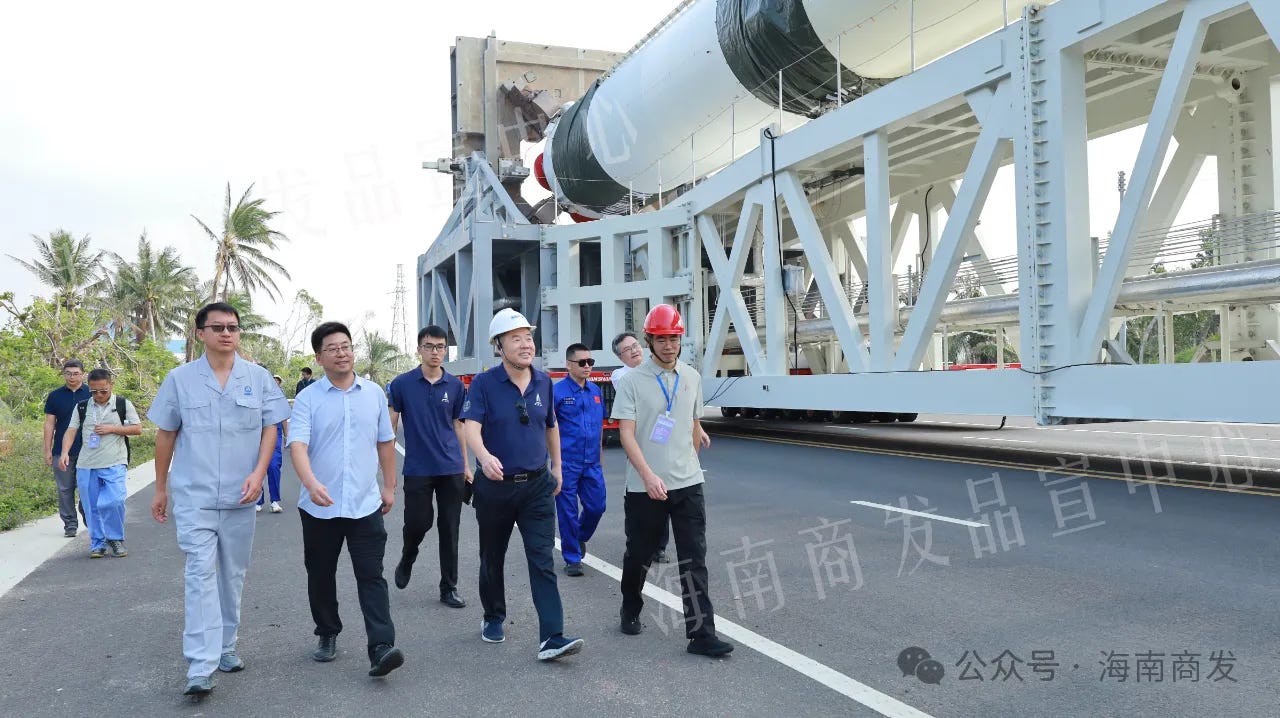
At Commercial Launch Pad 2, the vehicle was moved to a vertical position for testing, including vehicle support systems and ground support equipment. Nitrogen was pumped into the launch vehicle to pressurize the propellant tanks. The rocket-grade kerosene and liquid oxygen tanks at the launch site are also thought to have been tested while the vehicle was on the pad to ensure all systems were working following Super-Typhoon Yagi. No propellant is believed to have been loaded into the rocket in a sizable quantity.
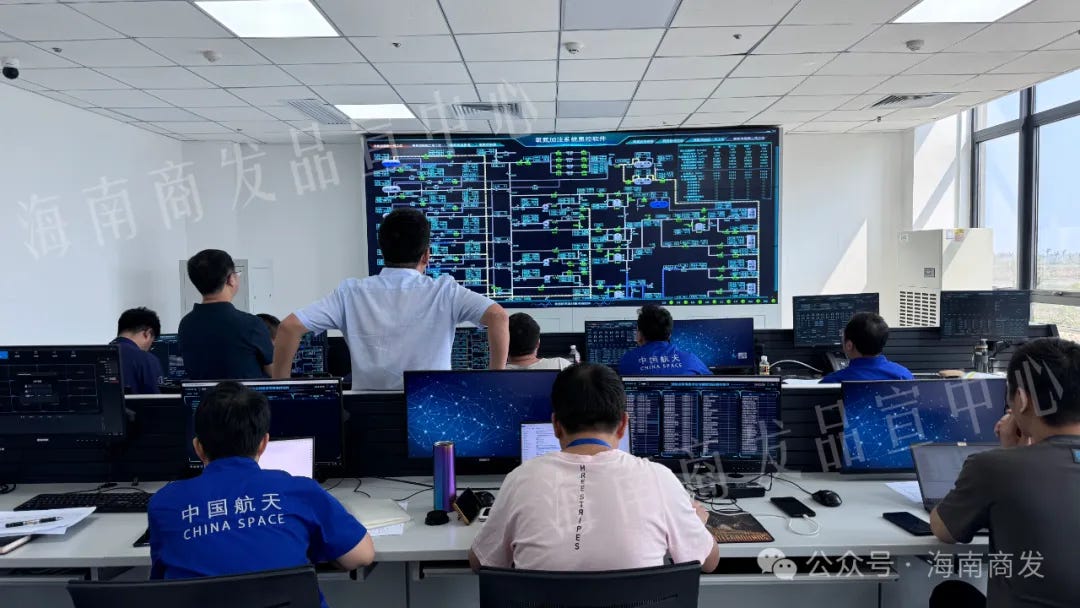
With the damage caused by Super-Typhoon Yagi, the timeline towards a maiden launch has become clouded. It is possible that Commercial Launch Pad 2 could be cleared to support a launch sometime this month but to ensure the largest possible chance of success November seems a more likely month for launch. Sections of the payload and vehicle processing facility are reportedly not expected to have all repairs completed until November.
Ensuring the greatest amount of success would be the best option, as the Long March 12 is also providing the first flight of the YF-100K engines. The YF-100K is a largely improved version of the YF-100F and boasts a ~5-tons of thrust improvement along with a lower mass and wider thrust range, these engines will also power the Long March 10 Moon rocket.
When the Long March 12 Y1 vehicle does liftoff, it will be the second of three Long March vehicles to debut this year. Back in May, the Long March 6C performed its maiden flight from the Taiyuan Satellite Launch Center. The Long March 8A is also rumored to be flying its maiden mission from one of the Wenchang launch sites later this year.
A few firsts will also be achieved for the Long March 12’s first flight. Notably, the diameter of the vehicle is 3.8 meters, making it wider than the usual 3.35 meters of almost all Long March launch vehicles. A 5.2-meter fairing may also be used during the debut mission, becoming the largest non-inline fairing to be used on a Long March vehicle.
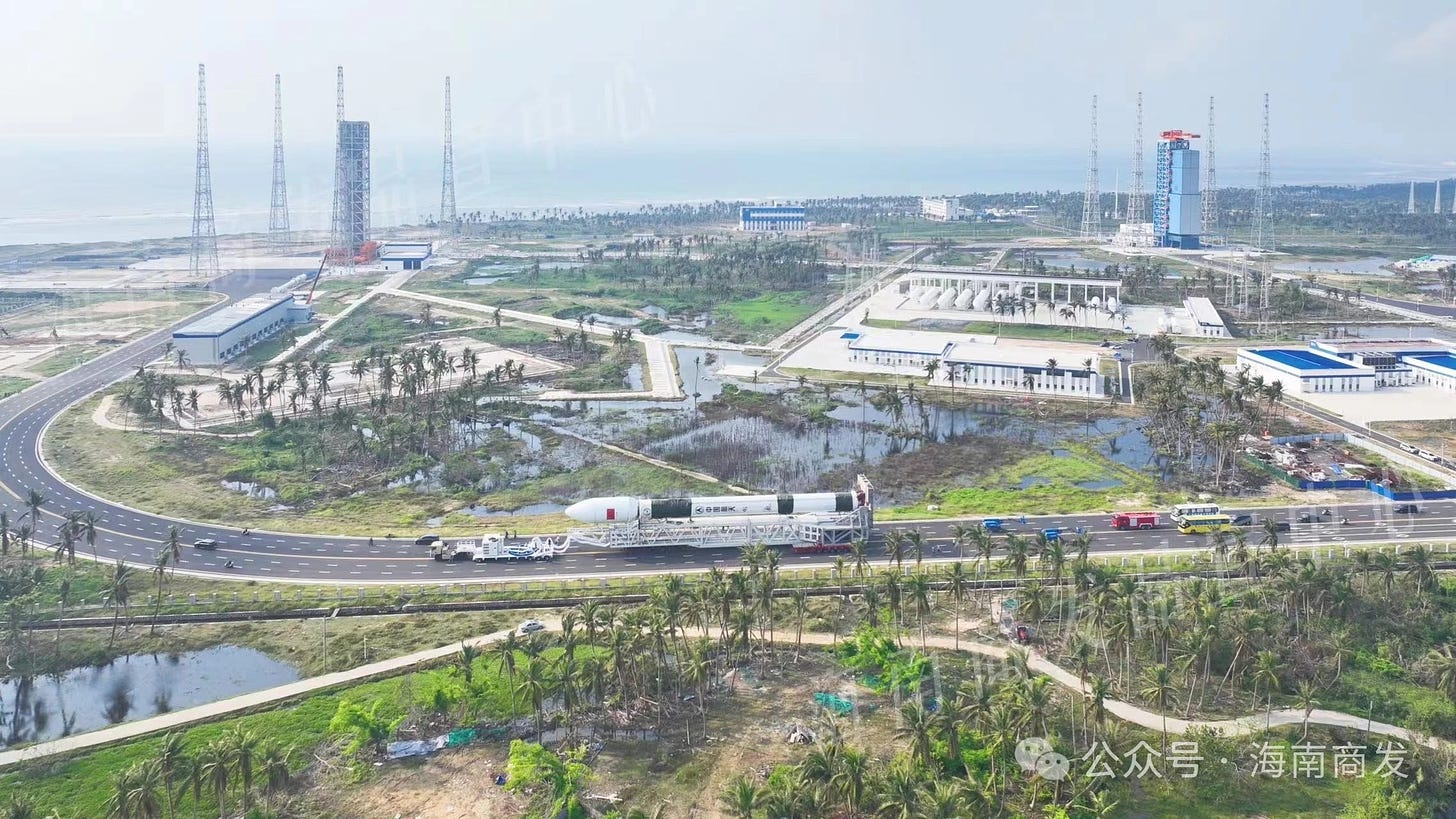
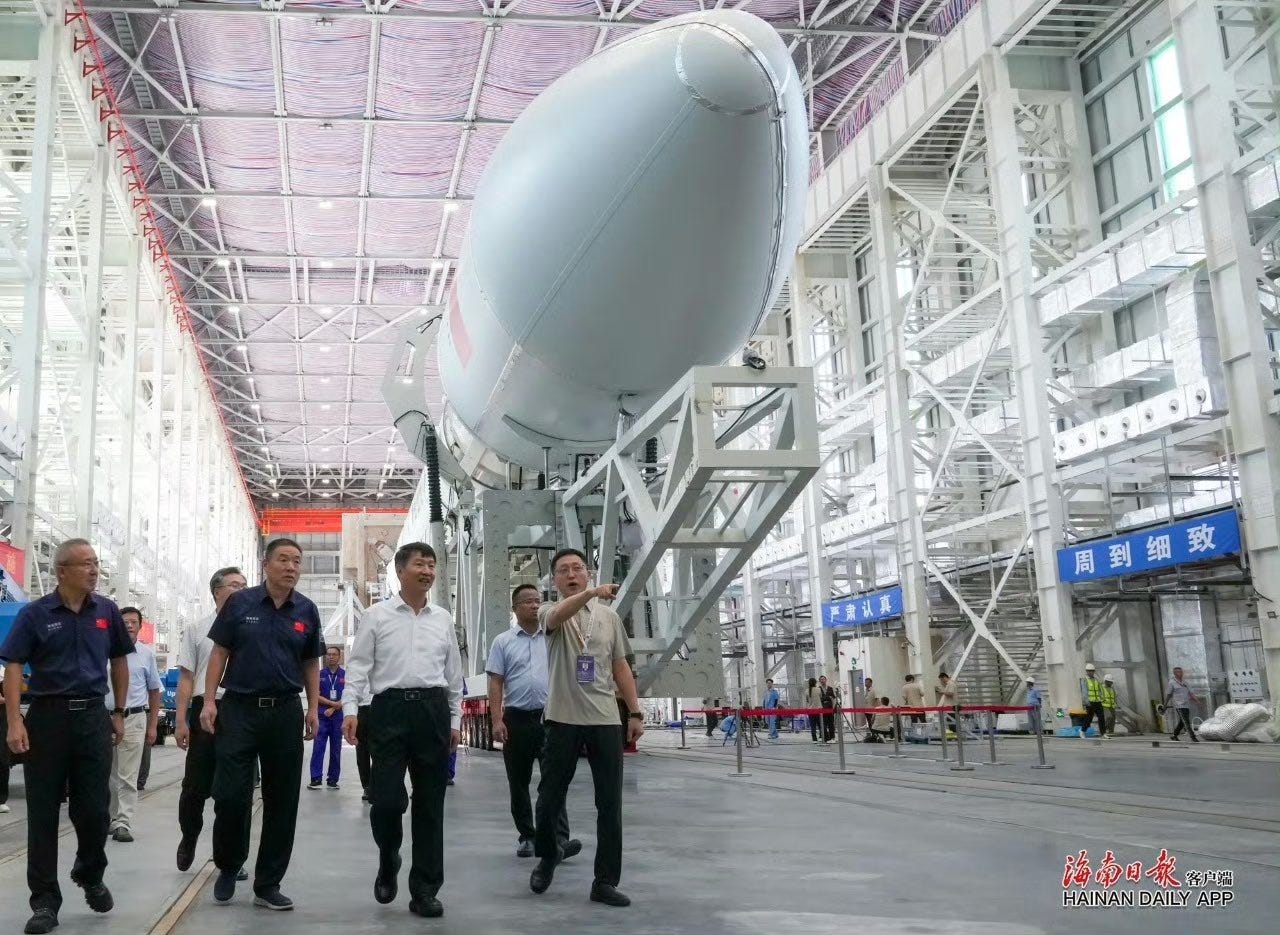
Check out more on the Long March 12
What is the Long March 12?
This section is for those less familiar with China's Long March series of launch vehicles.
The Long March 12 is a two-stage launch vehicle manufactured by the Shanghai Academy of Spaceflight Technology. The launch vehicle is part of China's 'next generation' of carrier rockets and burns rocket-grade kerosene and liquid oxygen.
The payload capacity of the launch vehicle is currently as follows:
12,000 kilograms to a low Earth orbit
6,000 kilograms to a 700-kilometer sun-synchronous orbit
Powering the first-stage are four YF-100K engines generating a combined thrust of 510 tons while burning liquid oxygen and rocket-grade kerosene. The second-stage is powered by two YF-115 engines generating 36 tons of thrust, also burning liquid oxygen and rocket-grade kerosene.
On the launchpad, the rocket stands a believed 59 meters in height, while having a first and second stage diameter of 3.8 meters. Fully fuelled the Long March 12 is believed to weigh 433,000 kilograms. The fairing of the Long March 12 is also believed to have options for either a 3.8, 4.2, or 5.2-meter diameter, depending on the needs of the mission.
Currently, the Long March 12 is only planned to be flown from the Wenchang Commercial Space Launch Site.




